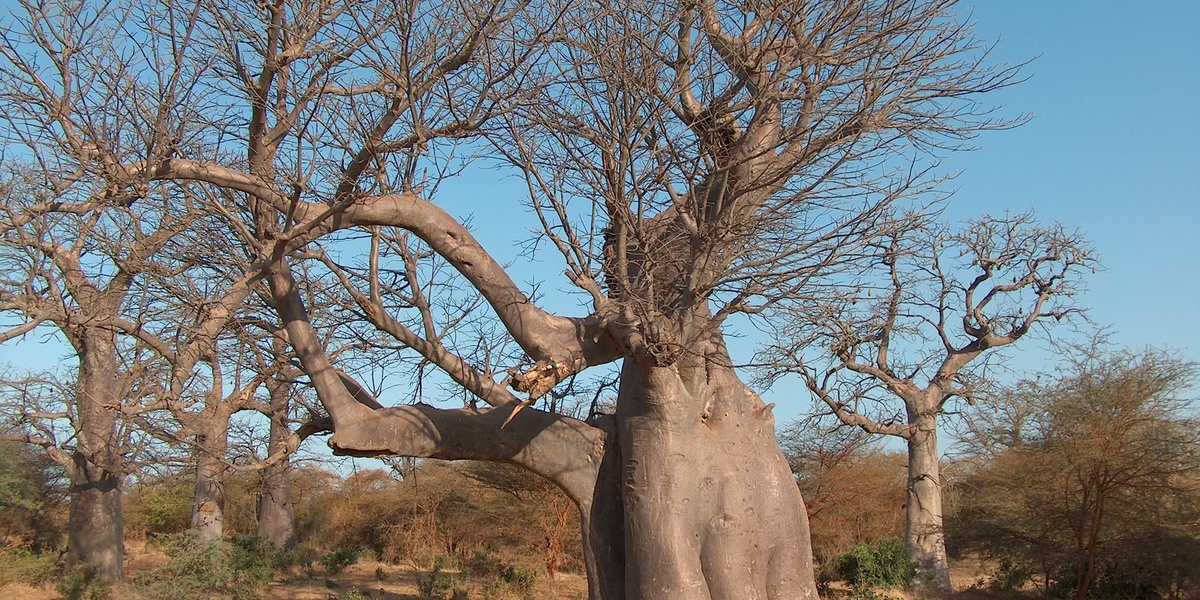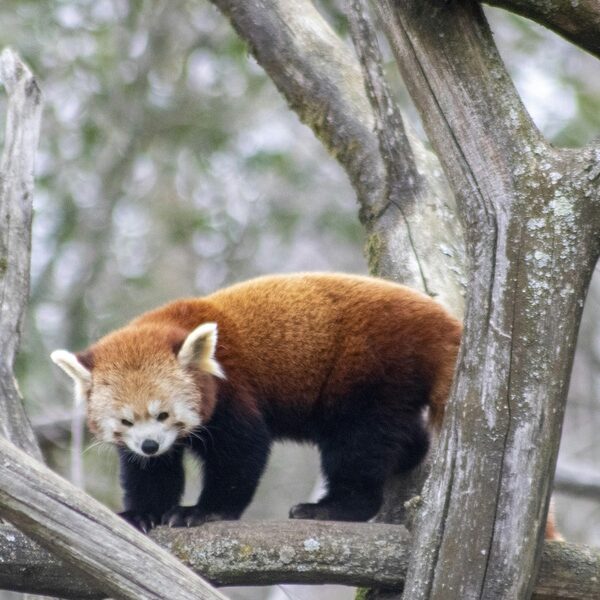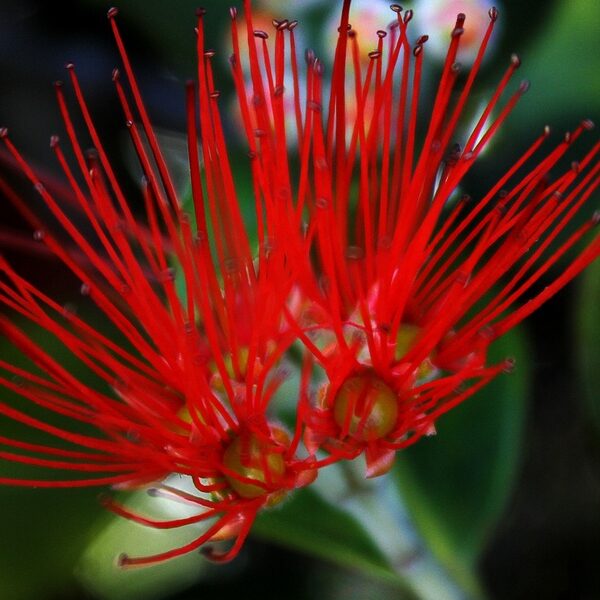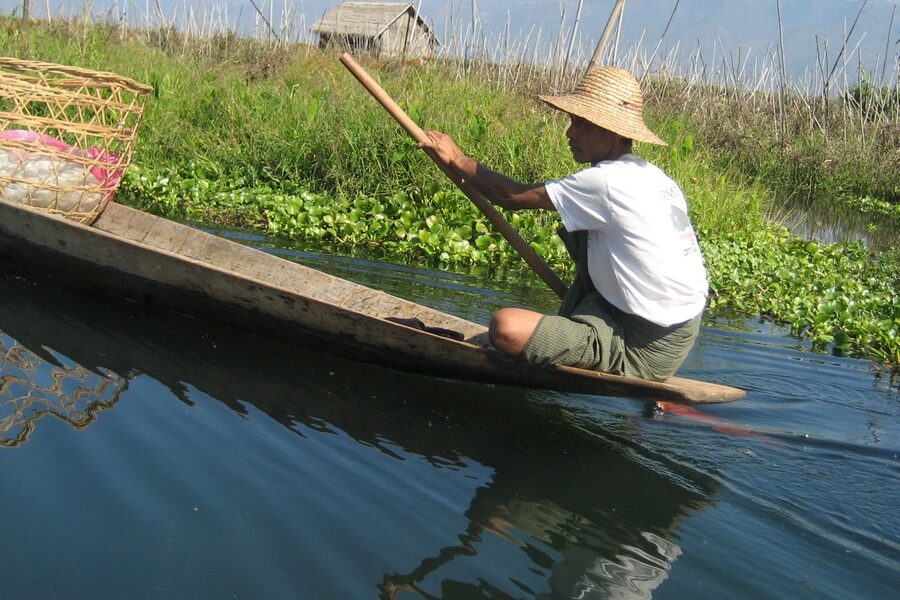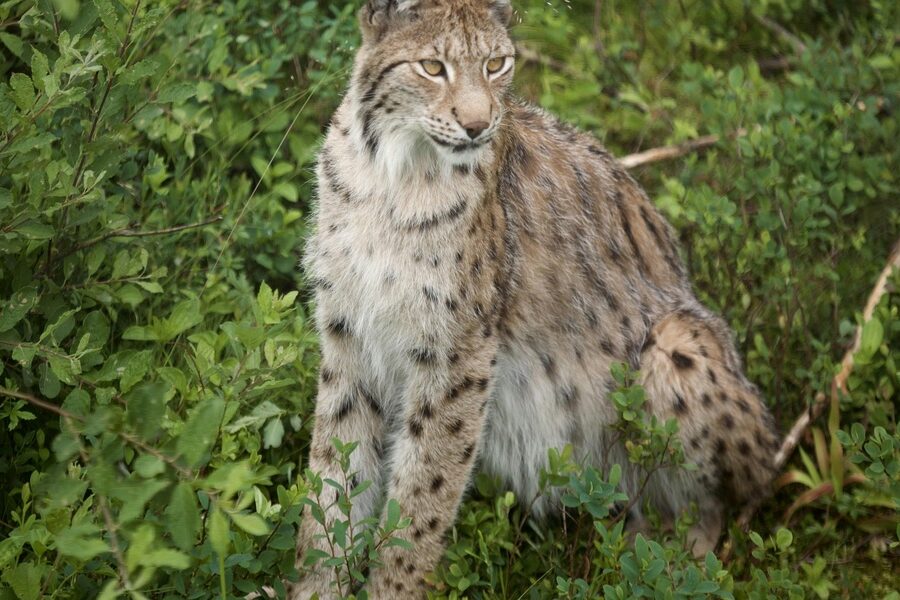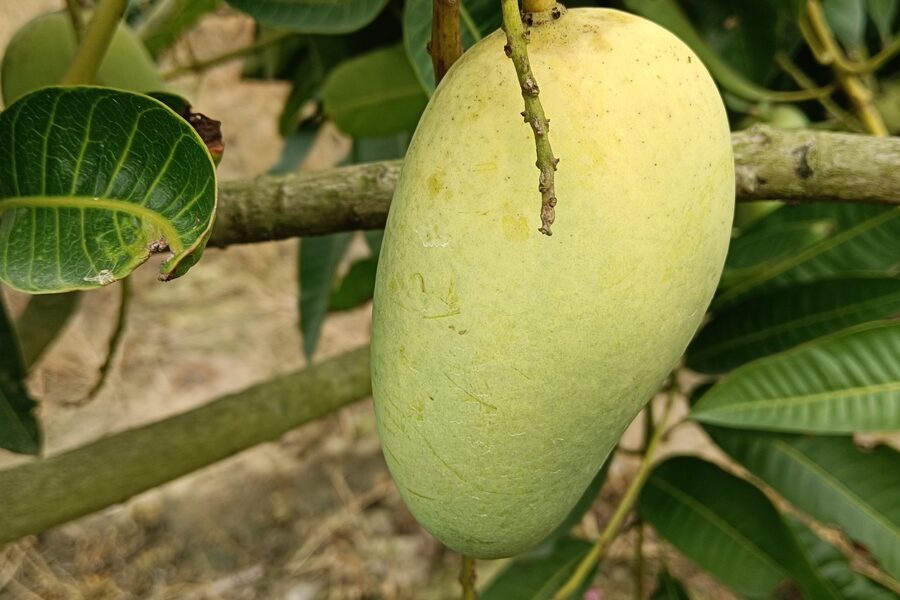The African savanna, a landscape of breathtaking beauty and iconic wildlife, is a vital ecosystem supporting a vast array of life. While attention often turns to its charismatic animals, the plant life, from towering acacias to resilient grasses, forms the very foundation of this intricate web, providing food, shelter, and sustaining the delicate balance of nature.
Delving into this critical topic, we’ve compiled a list of 23 Endangered African Savanna Plants, highlighting species that face significant threats to their survival. These range from the impressive African Afzelia, a source of valuable timber, to the distinctive Yeheb, a drought-resistant shrub with edible nuts. For each plant, you’ll find below key information including its Scientific Name, typical Habitat, and current Conservation Status, offering a clear overview of their precarious situation.
What are the primary threats contributing to the endangerment of African savanna plants?
The endangerment of plants in the African savanna stems from a combination of factors. Habitat destruction due to agricultural expansion, urbanization, and infrastructure development is a major cause. Climate change also plays a significant role, altering rainfall patterns and increasing the frequency of droughts and wildfires, which sensitive species struggle to adapt to. Additionally, overgrazing by livestock and unsustainable harvesting for fuel, medicine, or construction further deplete plant populations.
Endangered African Savanna Plants
| Common Name | Scientific Name | Habitat | Status |
|---|---|---|---|
| African Rosewood | Pterocarpus erinaceus | Sudanian savannas from Senegal to Cameroon | Endangered |
| African Mahogany | Khaya senegalensis | Sahel–Sudanian riparian savannas and gallery woodlands | Vulnerable |
| African Afzelia | Afzelia africana | West African Sudanian woodland and wooded savannas | Vulnerable |
| Frankincense (Papyrifera) | Boswellia papyrifera | Dry savanna woodlands of Ethiopia, Eritrea, Sudan | Vulnerable |
| Yeheb | Cordeauxia edulis | Semi-arid Somali–Masai savanna shrublands, Somalia and Ethiopia | Endangered |
| Karomia | Karomia gigas | Dry miombo-like woodland openings, southeastern Tanzania | Critically Endangered |
| Hildegardia | Hildegardia migeodii | Limestone outcrops with deciduous savanna woodland, northeast Tanzania | Critically Endangered |
| Lebombo Cycad | Encephalartos lebomboensis | Rocky savanna slopes along the Lebombo Mountains | Endangered |
| Modjadji Cycad | Encephalartos transvenosus | Bushveld ravines and slopes, Limpopo Province, South Africa | Vulnerable |
| Dyer’s Cycad | Encephalartos dyerianus | Lowveld savanna along the Limpopo River valley | Critically Endangered |
| Middelburg Cycad | Encephalartos middelburgensis | Bushveld rocky ridges, Mpumalanga and Limpopo, South Africa | Critically Endangered |
| Lovedale Cycad | Encephalartos cupidus | Dolerite outcrops within Limpopo bushveld savanna | Critically Endangered |
| Equatorial Cycad | Encephalartos equatorialis | Savanna–forest mosaic near Lake George, western Uganda | Critically Endangered |
| Taita Cycad | Encephalartos tegulaneus | Dry bushland and savanna foothills, Taita-Taveta, Kenya | Critically Endangered |
| Whitelock’s Cycad | Encephalartos whitelockii | Nile escarpment cliffs within a savanna mosaic, Uganda | Critically Endangered |
| Blouberg Cycad | Encephalartos nubimontanus | Blouberg and Wolkberg savanna slopes, Limpopo, South Africa | Extinct in the Wild |
| Pegler’s Aloe | Aloe peglerae | Rocky bushveld of the Magaliesberg, South Africa | Critically Endangered |
| Vryheid Aloe | Aloe vryheidensis | Rocky savanna grasslands, KwaZulu-Natal and Mpumalanga, South Africa | Vulnerable |
| Thorncroft’s Aloe | Aloe thorncroftii | Lebombo Mountains bushveld, South Africa and southern Mozambique | Vulnerable |
| Swazi Adenium | Adenium swazicum | Savanna grasslands and rocky outcrops, Eswatini and NE South Africa | Vulnerable |
| Shea Tree | Vitellaria paradoxa | Sudanian savannas from Senegal to South Sudan and Uganda | Vulnerable |
| Great Dyke Aloe | Aloe ortholopha | Serpentine grassland–savanna on Zimbabwe’s Great Dyke | Vulnerable |
| Waterberg Cycad | Encephalartos eugene-maraisii | Rocky bushveld of the Waterberg, Limpopo, South Africa | Endangered |
Images and Descriptions

African Rosewood
A stately hardwood with feathery leaves and amber sap, famed for musical instruments and fine furniture. It enriches soils and shelters wildlife in open woodlands. Rampant logging and savanna conversion are driving steep declines. Stronger trade controls and community forestry are urgently needed.
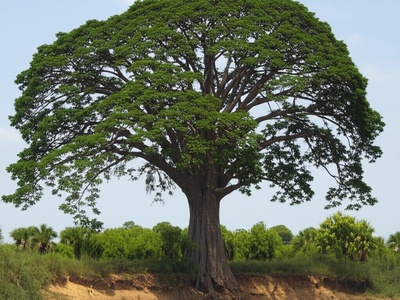
African Mahogany
A tall, long-lived mahogany with a dark crown and buttressed trunk, stabilizing riverbanks and shading people and livestock. Overharvesting for valuable timber, browsing pressure on seedlings, and altered river flows reduce regeneration. Sustainable harvests and riparian protection are key.
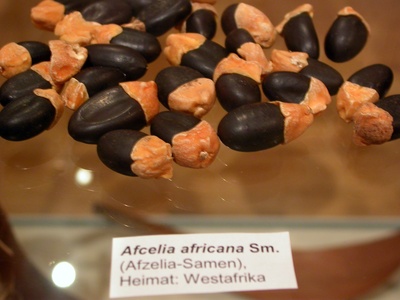
African Afzelia
A broad-crowned nitrogen-fixer producing large pods and durable timber. It supports insects, browsers, and soil fertility across open woodlands. High-value logging, frequent fires, and farmland expansion are eroding populations. Community-managed woodlots and fire control can help recovery.
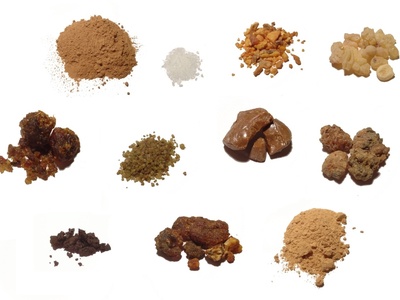
Frankincense (Papyrifera)
A frankincense tree with papery, peeling bark and fragrant resin tapped for centuries. Goats, fire, and excessive tapping prevent young trees from establishing. Managing resin harvests, resting stands, and protecting regeneration sites are essential to keep incense trees on the landscape.

Yeheb
A drought-hardy shrub bearing nutritious “yeheb” nuts, vital for pastoral communities and wildlife. Slow-growing and confined to harsh rangelands, it’s pressured by overharvest, livestock browsing, and prolonged drought. Local seed guardianship and cultivation programs are crucial for its future.
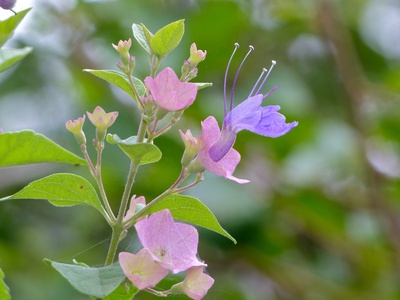
Karomia
A small tree with delicate, lavender-like blossoms enclosed in inflated papery calyces. It was thought extinct until rediscovered, with only a handful of wild plants remaining. Clearing for farms and fuelwood threaten survival. Ex-situ propagation and strict habitat protection are underway.
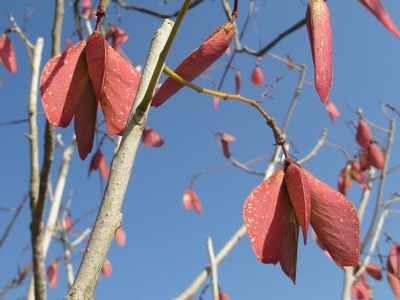
Hildegardia
A graceful deciduous tree with large lobed leaves and showy red seed pods. It’s confined to scattered limestone hills, making it extremely vulnerable. Charcoal production, grazing, and habitat disturbance imperil the few known stands. Site-level protection and nursery programs are urgent.
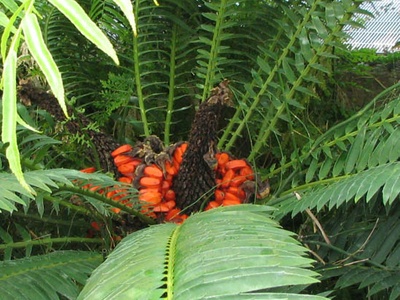
Lebombo Cycad
A handsome cycad with stiff, arching blue-green fronds. Specialized beetles pollinate its cones, linking it to ancient savanna food webs. Illegal collection and habitat loss are the main threats. Cross-border collaboration, law enforcement, and legal cultivation support its survival.
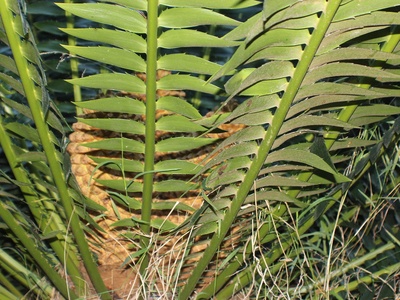
Modjadji Cycad
A majestic cycad famed for towering trunks and massive cones, centerstage in the Modjadji Cycad Reserve. It anchors bushveld biodiversity but suffers from illegal collecting and encroachment. Guarded reserves, monitoring, and propagation programs reduce pressure on wild plants.
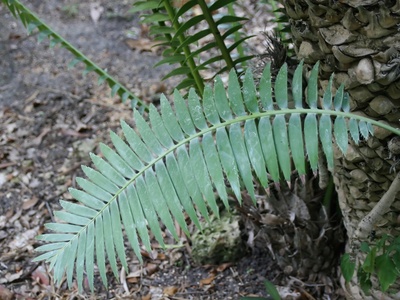
Dyer’s Cycad
A blue-leaved cycad thriving on hot riverine slopes. Its seeds and microhabitats support insects and small fauna. Poaching for horticulture and habitat degradation have fragmented populations. Intensive protection, population monitoring, and responsible horticulture are vital to prevent extinction.
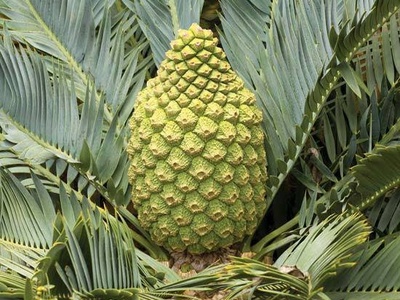
Middelburg Cycad
A compact cycad with silvery, serrated leaflets that gleam on quartzite ridges. Poaching and mining are severe, shrinking already tiny subpopulations. DNA tagging, secure conservancies, and stronger law enforcement are proving critical for keeping this species in the wild.
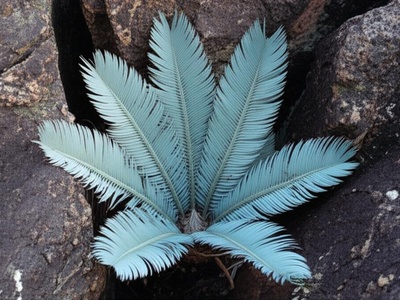
Lovedale Cycad
A dwarf, clustering cycad tucked into dolerite crevices, with spiky, blue-green fronds. Incredibly localized and highly sought after by collectors, it’s perilously close to extinction. On-site guarding, ex-situ seed banking, and public awareness offer a lifeline.
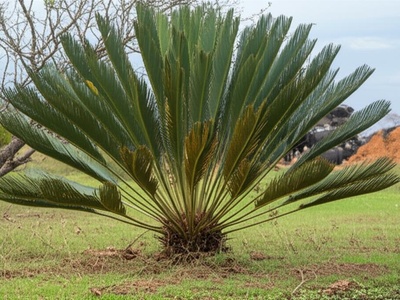
Equatorial Cycad
A stout cycad embedded in hippo-grazed mosaics and termite-hill savannas. Agricultural expansion and illicit collecting have reduced its range. Community reserves, careful translocations, and nursery-grown plants are helping stabilize numbers while habitat corridors are restored.
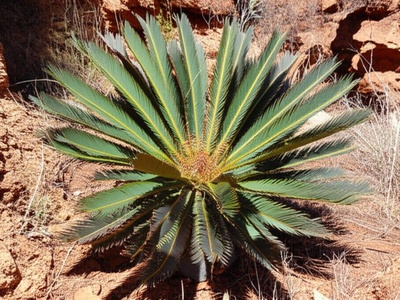
Taita Cycad
A rugged cycad with spiny leaflets adapted to arid slopes. Today, only a few clusters survive, threatened by firewood collection, land clearing, and fires. Community-led stewardship, seedling propagation, and strict site protection are urgent priorities.
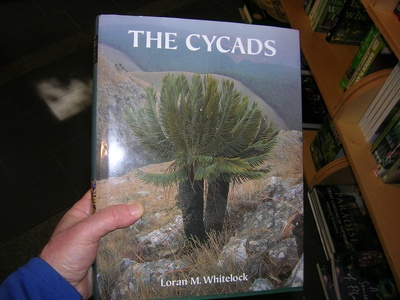
Whitelock’s Cycad
A dramatic cliff-dweller with long, sweeping fronds and hefty cones. Endemic to gorges near Nile rapids, it faces hydropower development, collecting, and rockfalls. Protecting cliff habitats and expanding ex-situ collections are essential insurance for this relic lineage.
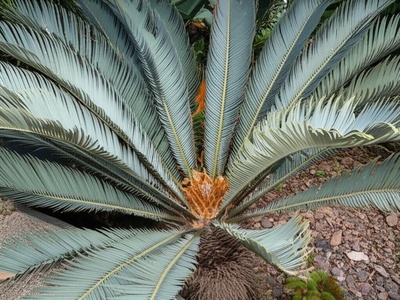
Blouberg Cycad
Once clinging to steep savanna cliffs, it was wiped out by poaching. Surviving only in collections, it’s a stark warning about illegal trade. Reintroductions will require ironclad site protection and genetic management to rebuild wild populations.
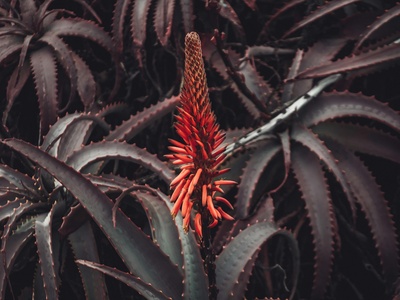
Pegler’s Aloe
A compact aloe forming spherical heads of rigid leaves, crowned by winter spikes of orange-red flowers that feed sunbirds. Urban sprawl, mining, and plant collecting have hammered its habitat. Protected areas, seed banks, and nursery propagation offer hope.
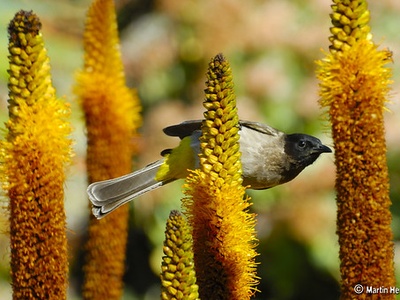
Vryheid Aloe
A cluster-forming aloe with spotted leaves and tall, coppery flower spikes that draw pollinators in winter. Quarrying, overgrazing, and horticultural collecting pressure its already patchy range. Better rangeland management and legal cultivation can reduce wild harvesting.
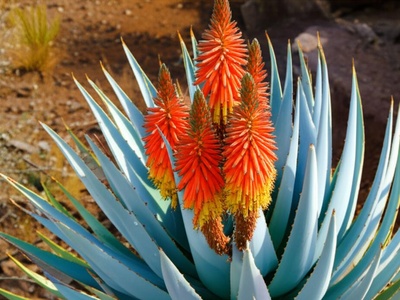
Thorncroft’s Aloe
An elegant aloe with bluish leaves and coral-red blooms adorning Lebombo ridges. It supports nectar-feeding birds and insects. Restricted distribution makes it sensitive to habitat loss and illegal collecting. Transboundary protection and community awareness are vital safeguards.
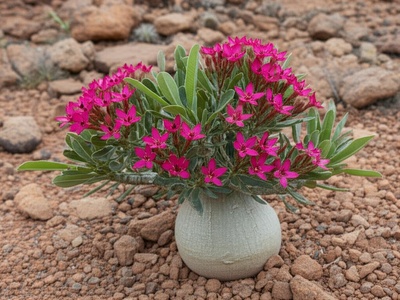
Swazi Adenium
A petite succulent with a swollen caudex and vivid pink, starry flowers. Its striking looks fuel illegal collecting, while development fragments habitat. Cultivation programs, legal trade, and protection of rocky refuges help relieve pressure on wild plants.
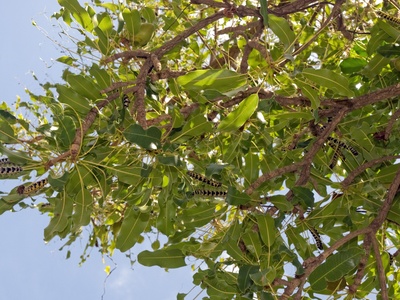
Shea Tree
A stout, drought-tolerant savanna icon producing shea nuts used for butter, cosmetics, and income. It shelters wildlife and stabilizes soils. Farm expansion, frequent fires, and overharvesting hinder regeneration. Farmer-managed natural regeneration and agroforestry keep shea landscapes productive.
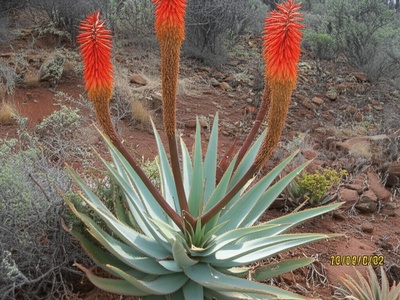
Great Dyke Aloe
An endemic aloe with upright inflorescences and glaucous leaves, confined to metal-rich serpentine soils. Mining, uncontrolled fires, and overgrazing threaten its narrow range. Conserving key outcrops and expanding ex-situ collections are central to its long-term security.
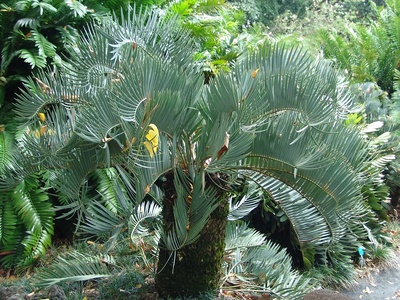
Waterberg Cycad
A striking blue-green cycad with rigid, spiny leaflets, adapted to rocky bushveld. It hosts specialized pollinators and contributes structure to arid slopes. Illegal collecting and habitat degradation are primary threats. Protected populations and vigilant community stewardship remain essential.
